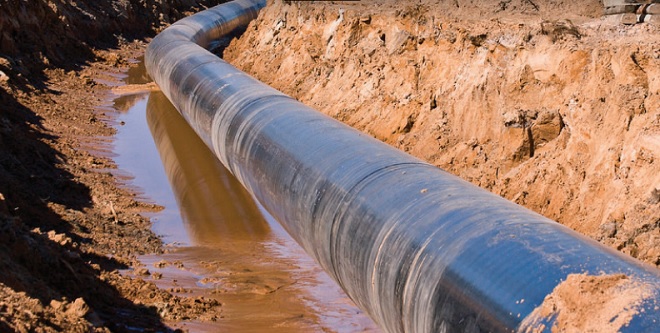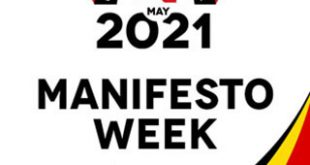
Kampala, Uganda | THE INDEPENDENT | The National Environment Management Authority-NEMA has highlighted waste management and disposal, possible leakages and spillages and management of ecosystems, as areas that need emphasis during the much-anticipated construction of the oil pipeline.
The 1,443 km crude oil export pipeline, built to transport crude oil from Hoima to the Chongoleani peninsula near Tanga port in Tanzania, will cross through 10 districts in Uganda, a distance of 296 kms and 25 districts in Tanzania, covering eight regions and 25 districts. It is envisaged to be the longest electrically heated pipeline in the world.
NEMA observes that as much as all potential impacts and risk are feared in the construction of the pipeline, possible leakages and spillage can have devastating effects on the communities in the pipeline route, the economy and the environment if not addressed.
Dr Tom Okurut, the executive director of the environment watchdog explains that they are looking at how the project developer can best apply line block valves on either side of the pipeline, most especially in sensitive areas like wetlands, rivers among others to guard against the risks.
The call was in the wake of public concern on the likely impact of the pipeline on livelihoods, as the lone agencies continue to hold public hearings on the Environment and Social Impact Assessment report compiled by Total East Africa Midstream-TEAM BV, the interim developer of the pipeline.
The threats posed by leakages and spills have also been highlighted by the civil society coalition on oil and gas says that the challenge has been underrated yet it is one among many which must be safeguarded.
According to scientific studies, crude oil is dangerous because it typically contains more than 1,000 chemicals the majority of which are hazardous to humans.
However, the Environment and Social impact assessment report indicate that the thickness of the pipeline wall will be increased at water body and wetland crossings on top of fibre-optic cables which will detect leakages and mobilize trained rapid response teams in case of spillage of hazardous material.
Dr Okurut says that waste management and treatment is another area of concern as the project is expected to have a lot of hazardous material which should not be exposed to the environment.
Okurut says that they have also highlighted weaknesses in the proposed plans and measures on maintaining the heritage and cultural site. Over 68 cultural and heritage sites in Buganda, Bunyoro and Kooki Kingdoms will be affected by the construction of the pipeline and the ESIA report recommends relocation and avoidance of some of the sites to minimizing damage.
He stresses that the proposals are wanting thus advising the project developer to seek the help of cultural institutions and the ministry of antiquities to develop a detailed plan of each site as the cultures and importance of the site different from area to area.
Dr Tom Okurut says that failing to explain these issues to satisfaction will affect the approval of the Environment and Social Impact Assessment.
NEMA has set December 15, this year to issue the ESIA certificate after reviewing all views expressed by the public, CSOs and different government ministries, department and agencies.
The pipeline which is expected to transport 216,000 barrels of the crude oil will traverse 148 Villages in 10 districts of Hoima, Kikuube, Kakumiro, Kyankwanzi, Mubende, Gomba, Sembabule, Lwengo, Rakai and Kyotera before crossing over to Tanzania for export.
*****
URN
 The Independent Uganda: You get the Truth we Pay the Price
The Independent Uganda: You get the Truth we Pay the Price


